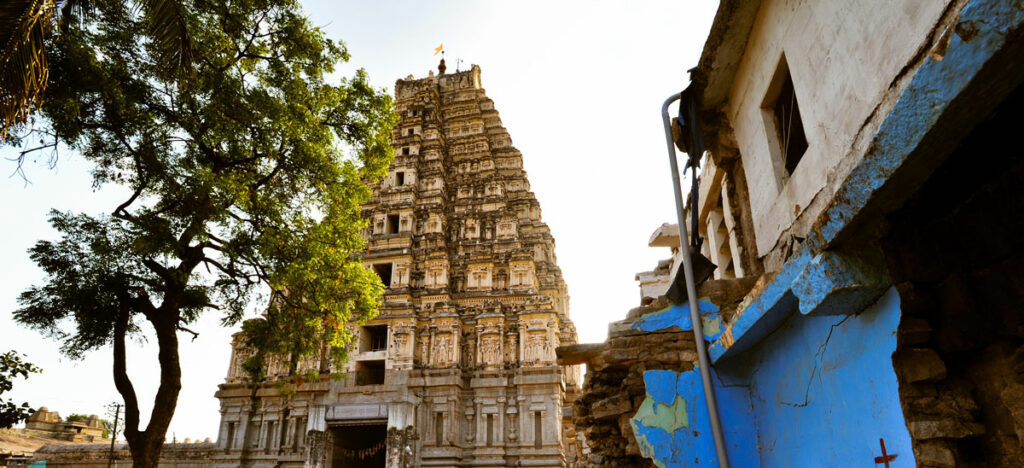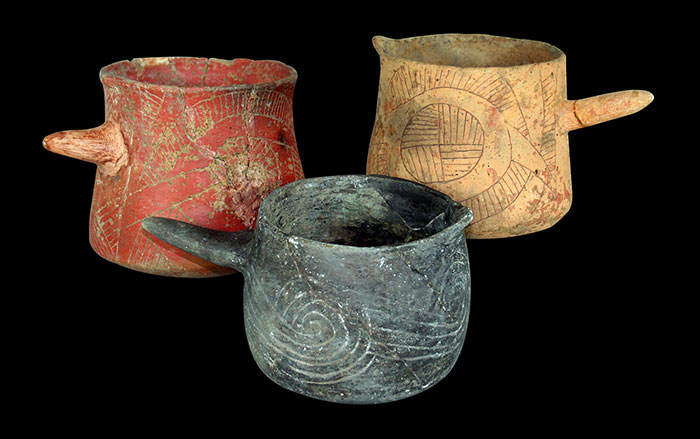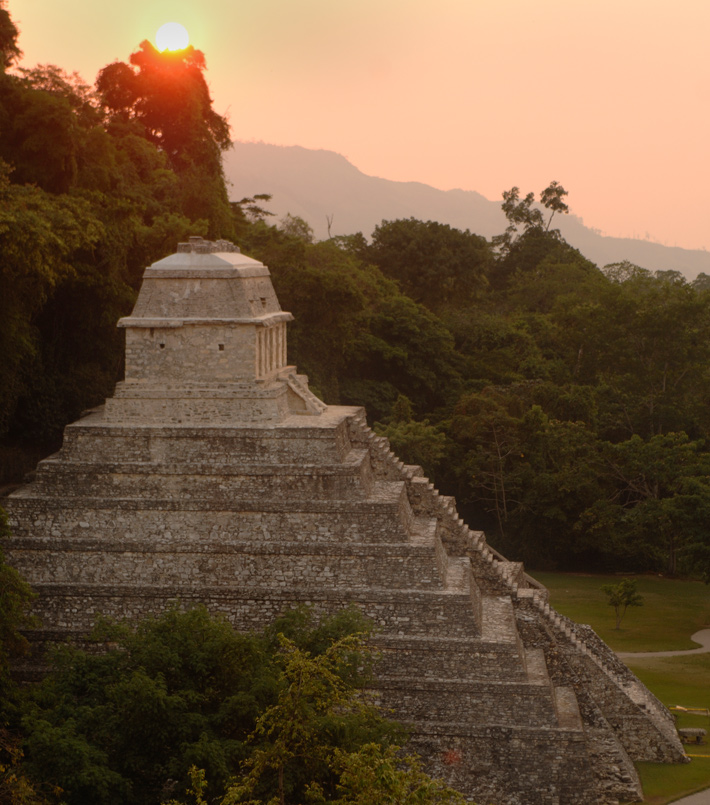CHISELDON, UNITED KINGDOM—Cattle skulls and cauldrons indicate feasting was an important activity in southern England during the Iron Age. The 13 sturdy, decorative cauldrons are the largest group of such vessels ever to have been found in Europe. They had been buried together in a pit in an open area near a castle and a fort, which would have been an excellent meeting place. “Analysis of the interiors of the cauldrons has even revealed traces of animal fats, a tantalizing suggestion that these objects might have been used in cooking and serving meat-rich stews,” said Julia Farley of the British Museum. DNA testing could reveal what kind of meat had been cooked and served.
Iron Age Feasting in England
News December 13, 2012
Recommended Articles
Off the Grid January/February 2026
Prophetstown, Indiana

Letter from France January/February 2026
Neolithic Cultural Revolution
How farmers came together to build Europe’s most grandiose funerary monuments some 7,000 years ago

Features January/February 2026
The Cost of Doing Business
Piecing together the Roman empire’s longest known inscription—a peculiarly precise inventory of prices

Features January/February 2026
The Birds of Amarna
An Egyptian princess seeks sanctuary in her private palace

-
Features November/December 2012
Zeugma After the Flood
New excavations continue to tell the story of an ancient city at the crossroads between east and west
 (Hasan Yelken/Images & Stories)
(Hasan Yelken/Images & Stories) -
Letter from India November/December 2012
Living Heritage at Risk
Searching for a new approach to development, tourism, and local needs at the grand medieval city of Hampi
 (Gethin Chamberlain)
(Gethin Chamberlain) -
Artifacts November/December 2012
Beaker Vessels
Ceramic beakers were the vessels of choice for the so-called “Black Drink” used at Cahokia by Native Americans in their purification rituals
 (Linda Alexander, photographer, use with permission of the Illinois State Archaeological Society)
(Linda Alexander, photographer, use with permission of the Illinois State Archaeological Society) -
Digs & Discoveries November/December 2012
The Desert and the Dead
 (Courtesy Bernardo Arriaza)
(Courtesy Bernardo Arriaza)


